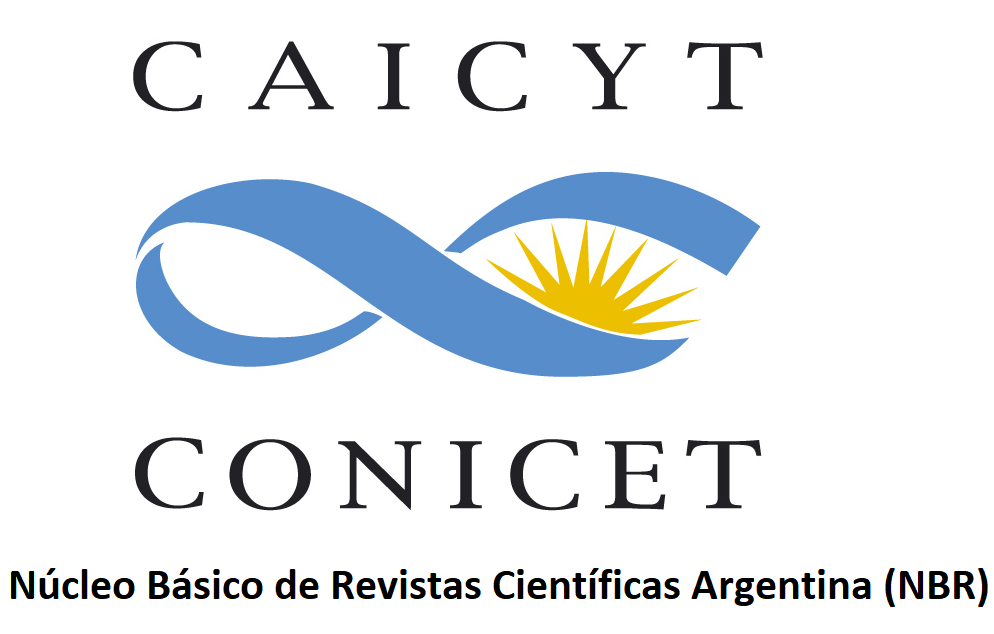A semi-automatic parallelization tool for Java based on fork-join synchronization patterns
Resumen
Because of the increasing availability of multi-core machines, clusters, Grids, and combinations of these environments, there is now plenty of computational power available for executing compute intensive applications. However, because of the overwhelming and rapid advances in distributed and parallel hardware and environments, today’s programmers are not fully prepared to exploit distribution and parallelism. In this sense, the Java language has helped in handling the heterogeneity of such environments, but there is a lack of facilities and tools to easily distributing and parallelizing applications. One solution to mitigate this problem and make some progress towards producing general tools seems to be the synthesis of semi-automatic parallelism and Parallelism as a Concern (PaaC), which allows parallelizing applications along with as little modifications on sequential codes as possible. In this paper, we discuss a new approach that aims at overcoming the drawbacks of current Java-based parallel and distributed development tools, which precisely exploit these new concepts.














